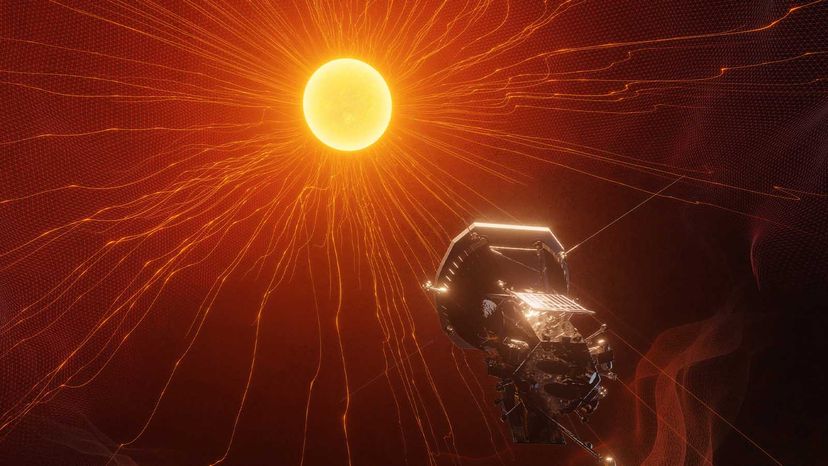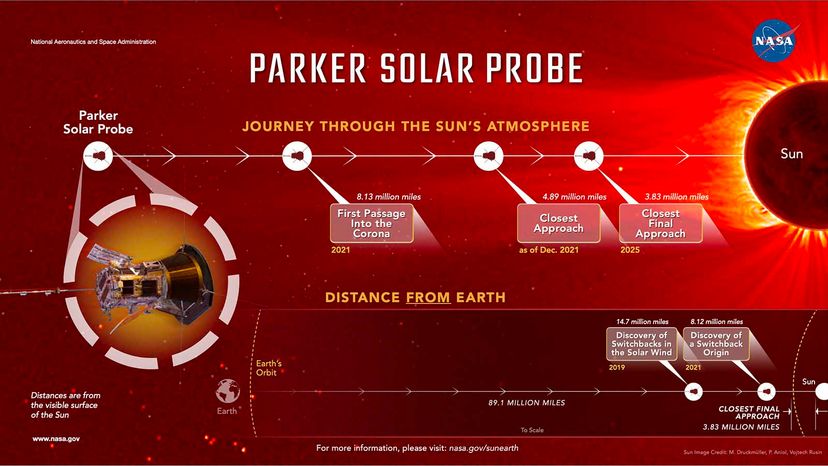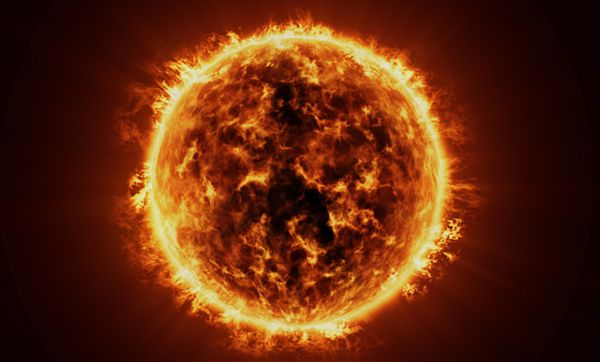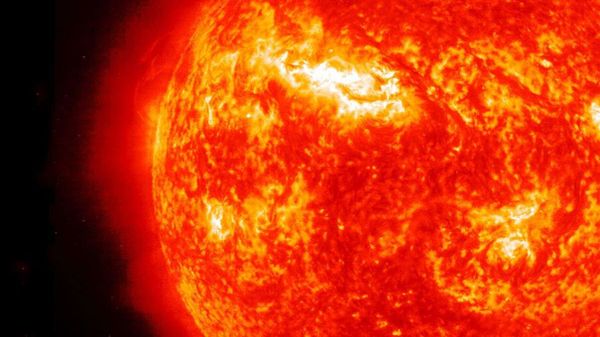
About 4 million miles (6.4 million kilometers) is quite a distance. It's the equivalent of driving around Earth's widest point, the equator, 160 times in a row.
Well that's about as close to the sun that NASA has gotten the Parker Solar Probe, so far anyway. The spacecraft, which launched Aug. 12, 2018, has set several major milestones since then, including becoming the first craft ever in history to touch the sun.
Advertisement
Such proximity to our massive star is completely unprecedented. NASA's Helios 2 probe came within 27 million miles (43.5 million kilometers) of the surface of the sun in 1976. That was closer than any other spacecraft at that point.
Ah, but records invite challengers. Earth and the sun are 93 million miles (150 million kilometers) apart. One NASA scientist said that if the two bodies stood on opposite ends of an American football field, the Parker Solar Probe's mission would bring it all the way to the sun's 4-yard line.
Solar exploration technology has come a long way. Yet engineers still need to keep a few limitations in mind — and it doesn't look like we'll be sending astronauts on a journey toward the sun anytime soon. So how did the Parker Solar Probe touch the sun and what is it up to next?
Advertisement


